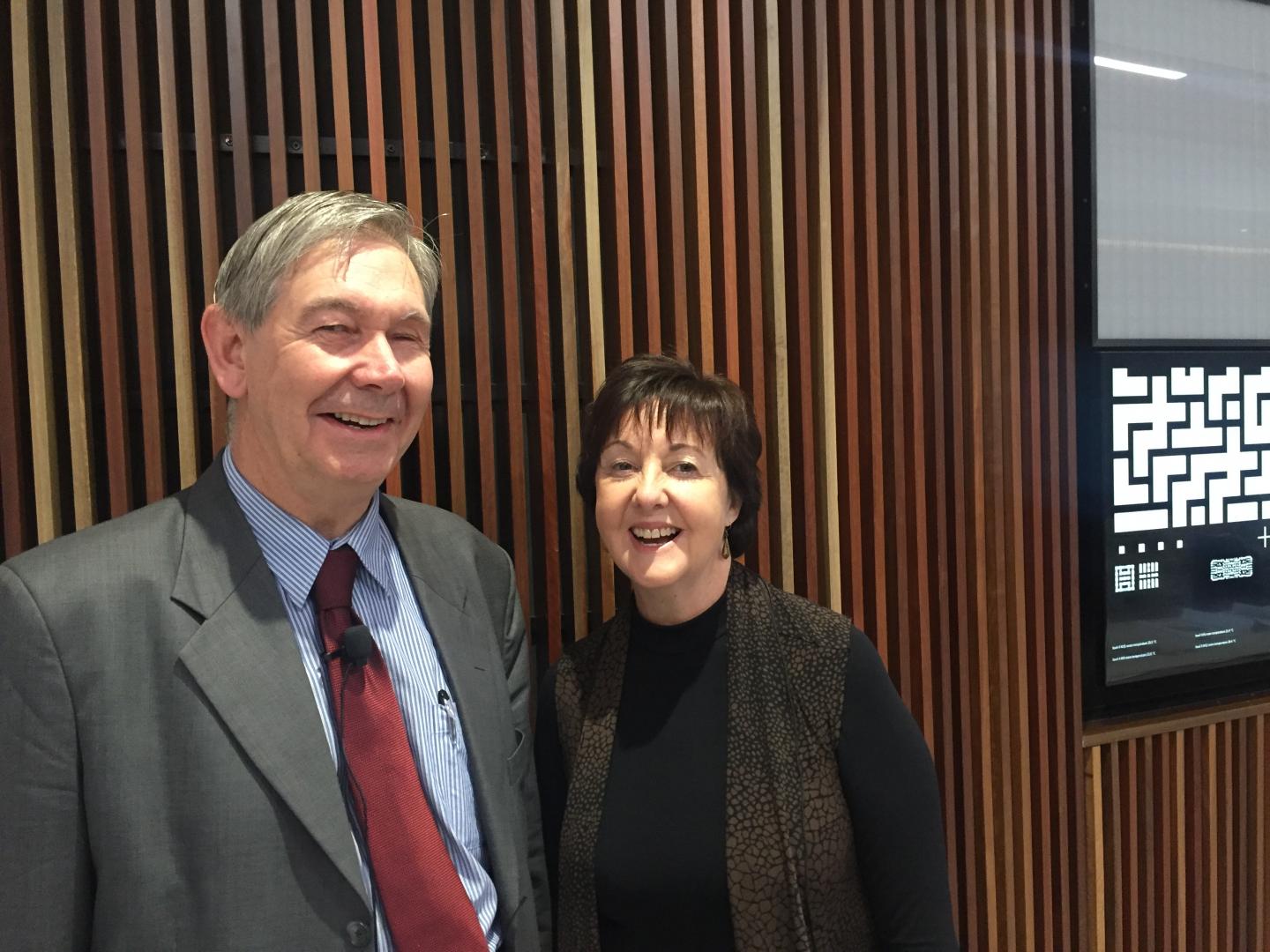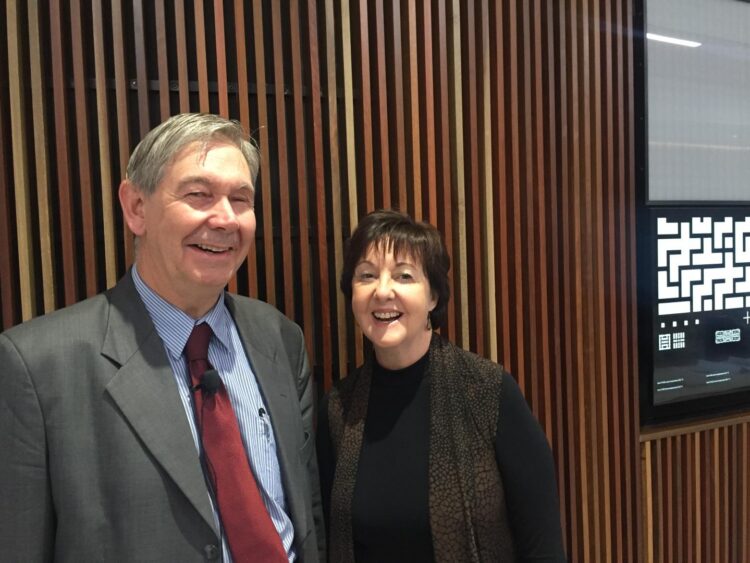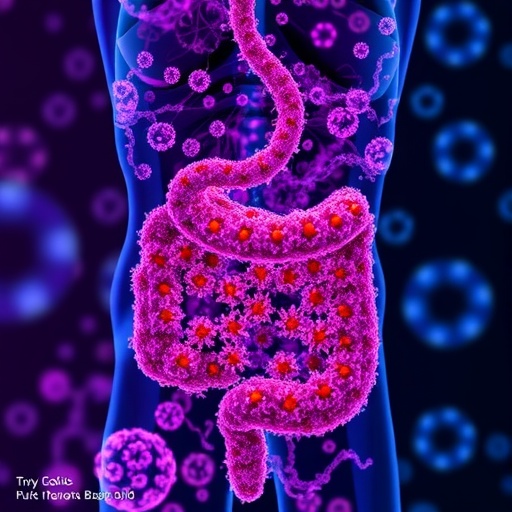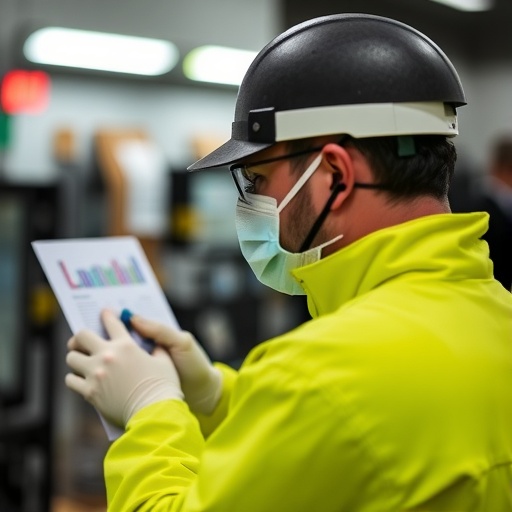Diet, exercise, mental wellbeing, sleep all factors

Credit: Flinders University
With all eyes on avoiding major illness this year, health researchers are urging people as young as 40 to build physical and mental health to reduce or even avoid ‘frailty’ and higher mortality risk.
A new study published online in BMC Geriatrics found ‘pre-frailty occurs in 45% of people aged 40-49 – which is about the same percentage of people aged 70-75.
From the age of 40, or even younger, people in ‘pre-frailty’ stages now have the opportunity to avoid poor health outcomes and frailty, Flinders University Caring Futures Institute and international colleagues found.
“You don’t have to be in your 70s or 80s to be heading down the path to frailty. Age doesn’t matter,” says Flinders University Strategic Professor Sue Gordon, Chair of Restorative Care in Ageing.
“Successful healthy ageing interventions and self-management should commence in at least the fourth decade of life focusing on these factors which contribute to pre-frailty and frailty.”
People can take matters in their own hands by improving a range of things, including:
Pre-frailty indicators: Poor dynamic trunk stability and lower limb strength, poor balance, poor foot sensation, being underweight, pelvic floor problems and poor nutrition.
Pre-frailty to frailty factors: Poor mental state i.e. living alone, high psychological distress, poor lung function and poor sleep quality.
Many options for improving health outcomes are available online, adds Professor Anthony Maeder, from the Digital Health Research Centre at Flinders University.
“People working from home during the self-isolation period can take the opportunity to reassess their health, habits and routines to seek ways to make their daily routines and homes better places to live, and live longer in the process,” he says.
###
The researchers, including collaborators based in Canada and South Africa, found similarities between the sample cohort of urban-dwelling Australians with similar studies in the UK, Europe and Asia (Taiwan).
The BMC Geriatrics (Nature Springer) article, ‘Pre-frailty factors in community-dwelling 40-75?year olds: opportunities for successful ageing’ (April 2020) by SJ Gordon, N Baker, M Kidd, A Maeder and KA Grimmer DOI: 10.1186/s12877-020-1490-7 https:/
Professor Gordon is Chair of Restorative Care in Ageing – a partnership between ACH Group and Flinders University – and Chief Investigator the Australian Research Council Research Hub for Digital Enhanced Living
See also BMJ Open article, ‘Older adults’ understandings and perspectives on frailty in community and residential aged care: in interpretive description’ (2020) by M Archibald, M Lawless, RC Ambagtsheer and A Kitson doi:10.1136/bmjopen-2019-035339
Media Contact
Sue Gordon
[email protected]
Related Journal Article
http://dx.





